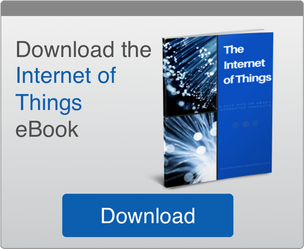 When you’re knee deep in product development, it can be very easy to lose sight of the people that you’re creating your product for. After all, with the day-to-day tasks and challenges that come along thick and fast, it’s hard to keep a long-term view and perspective.
When you’re knee deep in product development, it can be very easy to lose sight of the people that you’re creating your product for. After all, with the day-to-day tasks and challenges that come along thick and fast, it’s hard to keep a long-term view and perspective.
Often, when thinking about end-users of products, it’s tempting to consider them in terms of demographics – age, location, job title, buying responsibility, and so on. This information can be very useful, especially as you start to frame the scope of the project.
But there is a problem with this type of classification – it misses some of the softer, more qualitative information. This is really useful information, which we can use to help us inform want our end-users really want from their products.
People all have different wants, needs, frustrations and challenges. So having an understanding and an appreciation of this when creating products means we can design with this in mind. No only will this lead to more user-friendly designs, this approach can also help the bottom line because it means that the product we’re creating will naturally be a better fit for solving the end-users problems.
We’re all users of products. But, depending on who we are, we use different product (and sometimes even use the same product but in different ways). Having a deep and thorough understand of the person that you’re trying to reach with your product will mean you can design and manufacture in a way that will appeal directly to them.
Understanding how people act won’t make you better at drawing, creating a 3D model or engineering calculations.
It will, however, help you to uncover some of the reasons why they want or need the product that you’re developing. It won’t help you refine the technical skills you need to create it. But it will give you a frame for how you can start to think about your design options and structure your project in way to make sure it meets the needs of the end user.
